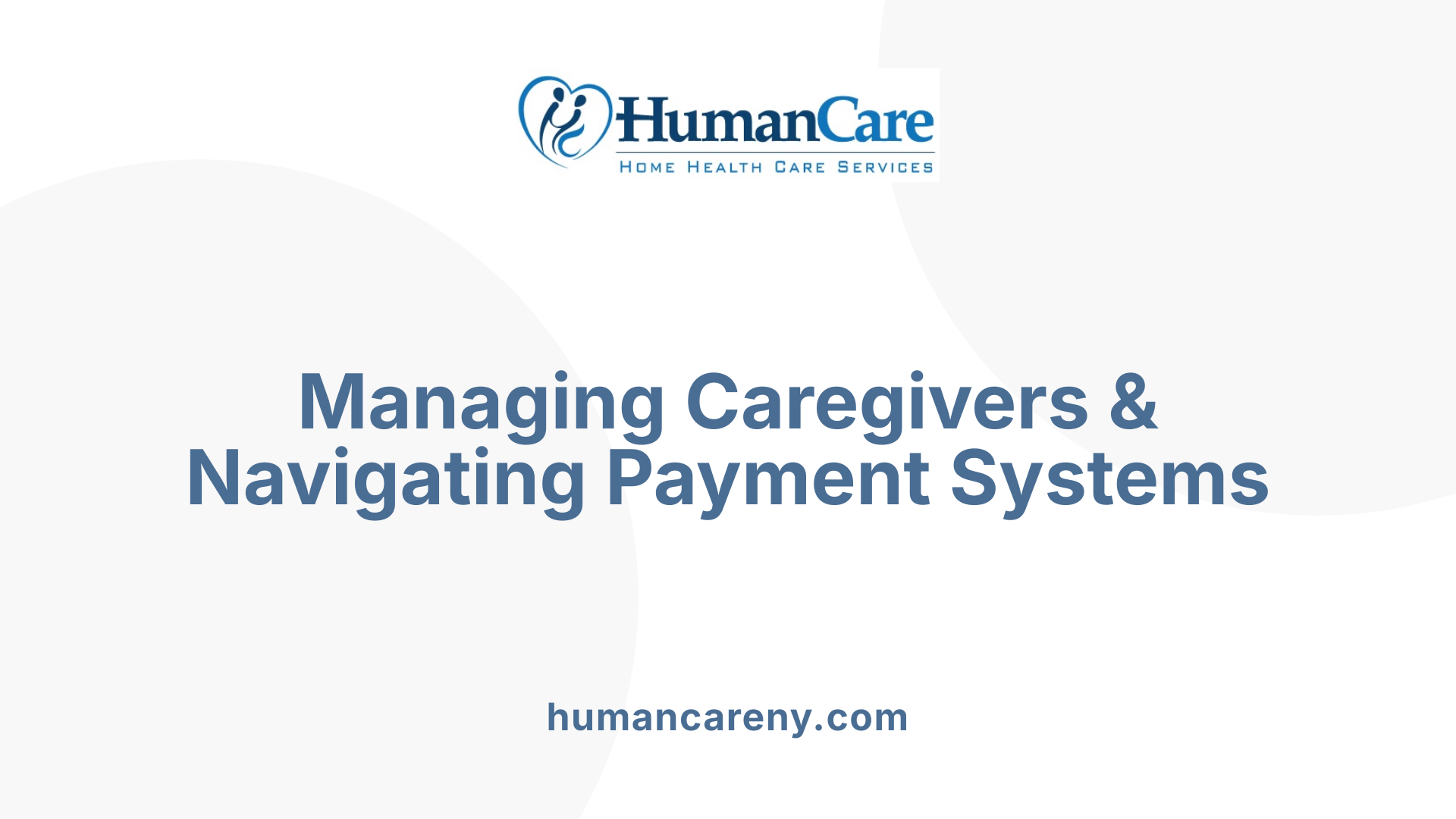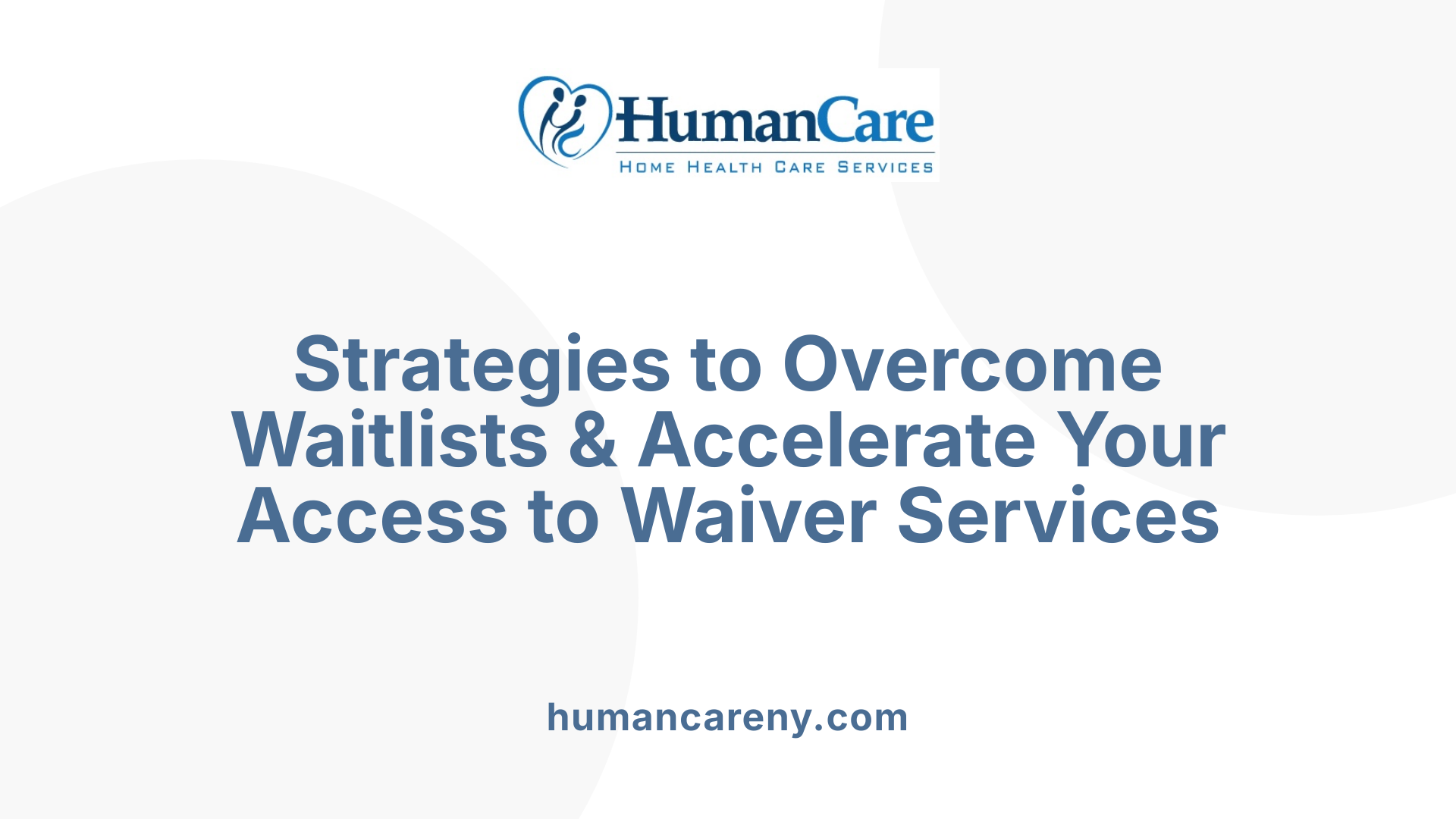The Growing Importance of Medicaid Waivers for Senior Care
As the senior population grows, many seek to maintain independence and quality of life by receiving care in their own homes or communities. Medicaid waiver programs have become essential vehicles to provide tailored in-home and community-based services, enabling seniors to avoid institutionalization. Navigating eligibility for these programs can be complex but is critical for accessing the right support. This article outlines key eligibility criteria, program types, and processes to help seniors and their families better understand and access Medicaid waiver services.
Medicaid Waivers and Their Role in Supporting Seniors at Home
What are Medicaid waivers and their purpose?
Medicaid waivers are special programs that allow states to provide additional or alternative services beyond traditional Medicaid rules. These waivers help eligible individuals, including seniors and people with disabilities, receive care in their homes or communities instead of institutional settings like nursing homes. By waiving certain Medicaid requirements, states can focus services on specific groups and geographic areas.
What types of Medicaid waiver programs are relevant to seniors?
Several Medicaid waiver programs serve the elderly population. These include:
- 1915(c) Home and Community-Based Services (HCBS) Waivers: These waivers offer a broad range of home care services tailored to meet seniors' needs.
- MSSP (Multipurpose Senior Services Program): A program designed to help elderly individuals avoid nursing home placement.
- HCBS-DD Waivers: Serving adults with developmental disabilities, some of whom may be elderly.
- Medi-Cal Assisted Living Waiver: Provides care services for seniors requiring nursing home level care but preferring assisted living environments.
How do HCBS Waivers provide flexibility compared to traditional Medicaid?
Unlike traditional Medicaid, HCBS waivers allow states to:
- Target services to specific populations such as the elderly or disabled.
- Limit coverage to certain geographic regions rather than statewide.
- Offer a wider variety of services including homemaker support, personal care, skill development, respite care, and more.
- Develop person-centered care plans based on individual needs. This flexibility ensures seniors receive support that enables them to remain in their homes and communities safely.
Which populations are served by these waivers?
Medicaid waiver programs primarily serve:
- Elderly individuals aged 65 and older who require nursing facility level care.
- Adults aged 21-64 with disabilities.
- Other specialized groups, including those with AIDS or developmental disabilities. Participants must generally be Medi-Cal eligible and demonstrate a need for care akin to institutional settings.
What state-specific waivers and limitations exist?
California offers various waiver programs with different regional and eligibility parameters. For example, the Assisted Living Waiver is only available in 15 counties and has a waitlist because of limited slots. Income limits and asset tests vary, and participation often requires comprehensive assessments. Such targeted programs reflect states' efforts to balance service availability with resource constraints while honoring consumer preferences for home and community-based care.
Eligibility Criteria and Assessment Processes for Medicaid Waiver Programs
Requirements for Establishing Initial Medi-Cal Eligibility
To participate in Medi-Cal waiver programs, applicants must first establish full-scope Medi-Cal eligibility. This requires being a California resident and meeting income thresholds, typically up to 138% of the Federal Poverty Level—for example, $1,801 per month for a single individual in 2025. Some waivers impose asset limits, scheduled for reinstatement on January 1, 2026, such as $130,000 for individuals and $195,000 for couples.
Residency and Income Qualifications
Applicants must live in their own home or a similar setting within California. Specific waiver programs, like the Medi-Cal Assisted Living Waiver, also require age qualifications (e.g., aged 65 or older, or between 21-64 if disabled) and may set additional requirements, such as prior nursing home stays.
Assessment Procedures Including County Social Worker Evaluations
Once eligibility is established, county social workers conduct thorough assessments to determine an individual’s needs. These evaluations involve detailed interviews and review of functional and medical status, resulting in a personalized care plan. Tools like the Functional Index Rankings, Annotated Assessment Criteria, and Hourly Task Guidelines guide the assessment of service types and hours.
Functional Needs Assessments
Medically oriented assessments, such as the Nursing Facility Level of Care assessment, are conducted by nurses to ascertain whether the applicant requires care at a level comparable to institutional settings. These evaluations consider physical independence, behavioral issues, and other health factors to determine proper service levels.
Ongoing Reassessments and Managing Changing Care Needs
Recipients can request reassessments if their health or care needs change. Counties also periodically review eligibility and service appropriateness to adjust care plans accordingly, ensuring ongoing support matches evolving requirements. This promotes tailored services, prevents unnecessary institutionalization, and maintains program integrity.
Understanding Specific Waiver Programs: From IHSS to Assisted Living Waivers

How Does the In-Home Supportive Services (IHSS) Program Support Seniors?
The IHSS program provides essential in-home assistance to eligible aged, blind, and disabled California residents. Its core goal is to help seniors and individuals with disabilities remain in their own homes rather than moving to out-of-home care facilities. To qualify, applicants must be Medi-Cal eligible and live in their own home. County social workers conduct thorough assessments, using tools like Functional Index Rankings and Hourly Task Guidelines, to evaluate each person's needs and determine the type and amount of services provided. This personalized approach ensures recipients get the care they require to maintain their independence.
What is the Consumer-Directed Personal Assistance Program (CDPAP)?
The CDPAP offers an alternative model of care for Medicaid recipients, emphasizing consumer control. Eligible individuals—such as those receiving services from certified home health agencies or personal care programs—can hire and manage their own caregivers. This empowerment enables recipients to dictate how and by whom their care is provided, promoting flexibility and comfort.
What Services Are Offered by the Medi-Cal Assisted Living Waiver, and How Does It Compare to Nursing Home Care?
This waiver targets elderly or disabled California residents needing Nursing Home Level of Care but preferring assisted living environments. Available in 15 counties, the program offers a broad range of services including personal care assistance, homemaker services, home health aides, care coordination, medication oversight, prepared meals, skilled nursing, and transportation. However, it does not cover room and board costs, which remains the participant's responsibility.
What Does the Application Process Look Like?
Applying for these programs involves multiple steps coordinated at the county level. For IHSS, applicants submit specific forms such as the SOC 295, available in multiple languages, and undergo county social worker assessments. The Assisted Living Waiver requires contacting a Care Coordination Agency, completing application paperwork, and possibly undergoing a nurse-administered functional needs assessment. Both programs have waitlists and prioritize nursing home residents transitioning back to community settings.
| Program | Services Provided | Coverage Limitations | Application & Coordination |
|---|---|---|---|
| IHSS | In-home personal care, homemaker tasks, caregiver management | Must hire/manage own providers | County social work assessment; SOC 295 form |
| CDPAP | Consumer-controlled personal care | Eligible Medicaid recipients only | Coordination varies by provider |
| Medi-Cal Assisted Living Waiver | Personal care, skilled nursing, care coordination, meals, transport | Does not cover room and board | Care Coordination Agency; functional assessments |
Managing Care Providers and Financial Aspects of Waiver Services

Responsibilities of Recipients Hiring and Managing Their Own Caregivers
Recipients of Medi-Cal waiver services, such as those under the IHSS and Consumer-Directed Personal Assistance Program (CDPAP), typically assume full responsibility for hiring and managing their own caregivers. This arrangement empowers individuals to control their care but also requires them to navigate tasks such as selecting providers, scheduling hours, and overseeing the quality of care.
Payment Structures Including County-Negotiated Wages and Tax Deductions
Payment for services under these programs is generally processed through county and state systems. Counties negotiate wages for caregivers based on local standards, and recipients receive checks issued by the state. These payments are subject to standard tax deductions such as Social Security and disability taxes, making compliance with payroll requirements essential for participants.
Safeguards to Protect Eligibility Integrity and Prevent Fraud
To maintain program integrity, multiple safeguards are in place. Fraud and abuse hotlines offer recipients and providers a confidential way to report misconduct. Eligibility determinations are carefully monitored, and program administrators enforce restrictions on fees for forms and assessments to prevent exploitation. Additionally, prior audits by oversight bodies like the Office of Inspector General have prompted ongoing evaluations to improve compliance within consumer-directed care programs.
Role of Care Coordination Agencies in Application and Service Management
Care Coordination Agencies play a crucial role in supporting applicants through initial processes, including assistance with complex applications and arranging the functional needs assessments critical for eligibility. They serve as a bridge between recipients, county social workers, and service providers, facilitating smoother access to services and ongoing care management.
Implications of Future Asset Limits and Income Caps on Eligibility
While some waiver programs currently have relaxed asset limits, changes are scheduled to reinstate restrictions, such as the $130,000 individual asset cap effective in 2026. Income limits, including thresholds like 138% of the Federal Poverty Level, also influence eligibility. Recipients should stay informed about these policy changes as they may affect continued participation and require proactive financial planning to maintain access to vital services.
Navigating Waitlists, Application Timelines, and Maximizing Access

Limited availability and waitlists for some waivers, including Assisted Living Waiver
Certain Medi-Cal waiver programs, such as the Assisted Living Waiver, have limited slots available and maintain significant statewide waitlists. This scarcity means that many eligible applicants need to wait weeks or months before their applications are processed and services begin.
Priority criteria such as transitioning from nursing homes
Applicants who are nursing home residents seeking to transition back into community living often receive priority placement in waiver programs like the Assisted Living Waiver. This prioritization supports deinstitutionalization by focusing resources on individuals needing timely assistance to return home.
Steps applicants should take to start the process
To initiate an application, individuals should contact local Care Coordination Agencies or county social services. Completing specific applications and undergoing functional assessments administered by nurses or social workers are necessary steps. Early contact is crucial to navigate assessment scheduling and documentation collection effectively.
Importance of ongoing eligibility monitoring and reassessments
Once enrolled, recipients must regularly monitor their eligibility and request reassessments if their health or care needs change. County social workers conduct these reassessments using tools like the Functional Index Rankings and Hourly Task Guidelines to ensure service hours accurately reflect current needs.
Resources for assistance and understanding complex Medicaid waiver systems
Applicants and recipients can access resources such as program hotlines, fraud and abuse reporting channels, and consumer-directed program contacts. Familiarity with these resources helps users navigate complexities of Medi-Cal waivers, maintain eligibility integrity, and make informed decisions about their care options.
Empowering Seniors to Access Tailored Medicaid Waiver Services
Medicaid waiver programs represent a vital lifeline that helps seniors remain independent, safe, and comfortable in their own homes and communities. By understanding eligibility requirements, assessment processes, and program options like IHSS, CDPAP, and Assisted Living Waivers, seniors and their families can better navigate the complexities of Medicaid services. While challenges such as waitlists and administrative steps exist, proactive engagement with county social services and care coordination agencies can unlock valuable support. Ultimately, well-informed seniors can leverage these programs to achieve the best possible quality of life outside institutional care.



